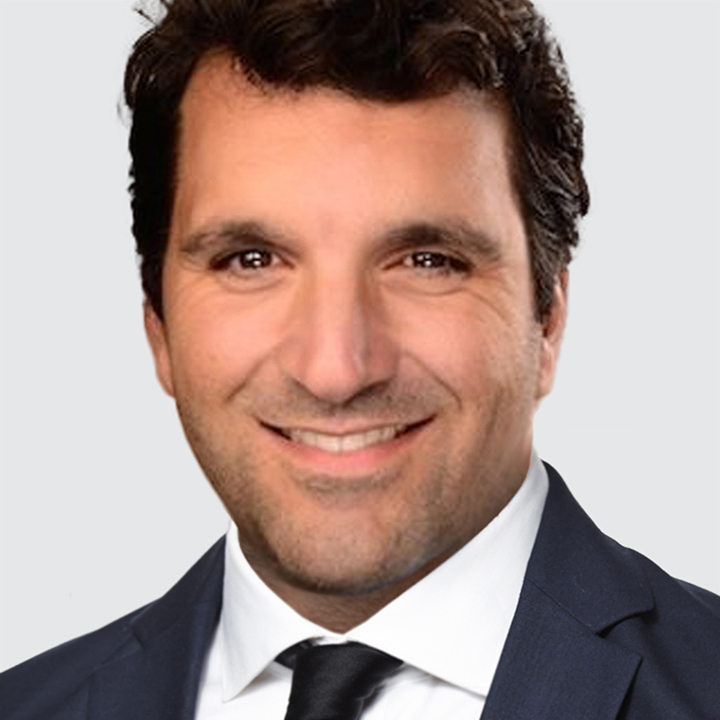G10 Central Bank Divergence Deepens
G10 central banks are increasingly diverging on the policy rate outlook. The divergence largely reflects differences in their nations underlying inflation developments. Below we rank the central banks from the most hawkish to dovish:
1. Bank of Japan (BOJ) is the most hawkish as it started normalizing rates in March. However, the BOJ’s updated macro forecasts remain consistent with a gradual and modest tightening cycle.
2. Reserve Bank of New Zealand (RBNZ) is the second most hawkish central bank. An Official Cash Rate (OCR) hike in May was a “real consideration” according to RBNZ Governor Adrian Orr and the RBNZ’s forecast for a first OCR cut was pushed-out to Q3 2025 versus H1 2025 previously.
3. Norges Bank and Reserve Bank of Australia (RBA) are tied at third. The Norges Bank noted on May 3 “the data so far could suggest that a tight monetary policy stance may be needed for somewhat longer than previously envisaged.” Meanwhile, the RBA May 6-7 meeting minutes showed policymakers considered raising the cash rate target.
4. Fed is in fourth place with virtually all Fed officials urging patience before easing. Fed Governor Christopher Waller warned this week “in the absence of a significant weakening in the labor market, I need to see several more months of good inflation data before I would be comfortable supporting an easing in the stance of monetary policy”.
5. Bank of England (BOE) and Bank of Canada (BOC) are in fifth place. BOE Governor Andrew Bailey emphasized “the next move will be a cut” while BOC Governor Tiff Macklem stated earlier this month “we are getting closer” to a point where it could be time to cut rates.
6. European Central Bank (ECB) takes the sixth position. ECB President Christine Lagarde pointed out again recently “there is a strong likelihood” of a rate cut in June.
7. Riksbank is in seventh place. The Riksbank started easing in May and expects to cut the policy rate two more times during the second half of the year.
8. Swiss National Bank (SNB) is the most dovish. The SNB was the first major central bank to cut rates back in March and the SNB’s updated inflation projection implies more cuts in the pipeline.
Monetary policy divergence supports the following currency trends:
Lower EUR/GBP. The BOE has less room to cut rates compared to the ECB because UK underlying inflation is higher than in the Eurozone. In April, UK core CPI was 3.9% y/y vs. 2.7% in the Eurozone.
Higher NOK/SEK. The Norges Bank is in no rush to start easing as underlying CPI in Norway remained elevated at 4.4% y/y in April. In Sweden, core CPIF was 2.9% y/y in April and lower than the Riksbank’s most recent forecast.
Higher AUD/CAD and NZD/CAD. The bar for a BOC rate cut is significantly lower than for the RBNZ and RBA. The average of Canada’s trim and median CPI was 2.75% y/y in April. In contrast, New Zealand CPI sectoral factor model and Australia trimmed mean CPI printed at 4.3% y/y and 4.0% y/y in Q1, respectively.
Year-to-date USD uptrend is intact, particularly versus JPY and CHF. The Fed is in good position to keep rates higher for longer. In April, US core and super core CPI (core services less housing) came in at 3.6% y/y and 4.9% y/y, respectively. Meanwhile, the case for an aggressive BOJ tightening cycle is weak as core CPI (ex-fresh food & energy) edged down to 2.9% y/y in March. The SNB has scope to ease further with Swiss core CPI at just 1.2% y/y in April.

